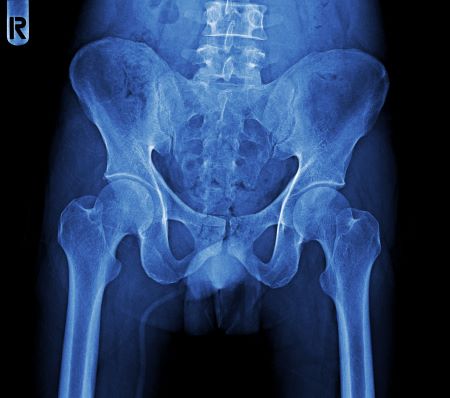Radiology Coding Alert
CPT® 101:
Examine These DXA Scan Scenarios
Published on Mon Jun 24, 2024

You’ve reached your limit of free articles. Already a subscriber? Log in.
Not a subscriber? Subscribe today to continue reading this article. Plus, you’ll get:
- Simple explanations of current healthcare regulations and payer programs
- Real-world reporting scenarios solved by our expert coders
- Industry news, such as MAC and RAC activities, the OIG Work Plan, and CERT reports
- Instant access to every article ever published in Revenue Cycle Insider
- 6 annual AAPC-approved CEUs
- The latest updates for CPT®, ICD-10-CM, HCPCS Level II, NCCI edits, modifiers, compliance, technology, practice management, and more
Related Articles
Other Articles in this issue of
Radiology Coding Alert
- CPT® 101:
Examine These DXA Scan Scenarios
Do you need multiple codes for DXA and VFA scans? Radiologists use dual-energy X-ray absorptiometry [...] - Modifier Mania:
4 Tips to Help You Differentiate Modifiers 76 and 77
Pay attention to which provider repeats the service. It’s a common occurrence: Your radiologist performs [...] - Reimbursement:
Fight for Your Right to Appeal and Win
Insurance companies aren’t advocating for your office; that’s your job. During her HEALTHCON 2024 session, [...] - You Be the Coder:
Report Repeated Fetal Biophysical Profiles for a Twin Pregnancy
Question: I have a report for a patient who is pregnant with twins. The radiologist performed [...] - Reader Questions:
Measure Minor, Moderate, and Major Splenic Lacerations
Question: A patient presented to an emergency department (ED) with complaints of abdominal pain. The radiologist [...] - Reader Questions:
Is Low Back Pain a Symptom of Spondylolisthesis?
Question: A senior patient presented to a radiology practice with chronic low back pain. The radiologist [...] - Reader Questions:
Don’t Feel Anxious About Coding Stress Views
Question: I have a report that states the radiologist performed a four-view unilateral hip X-ray with [...] - Reader Questions:
Always Remain HIPAA Compliant
Question: One of the physicians in my practice demands we use a sign-in sheet — they [...] - Reader Questions:
Get the Skinny on Medicare Overpayment Timeline
Question: We’ve heard that Centers for Medicare & Medicaid Services (CMS) says we should return any [...]
View All




